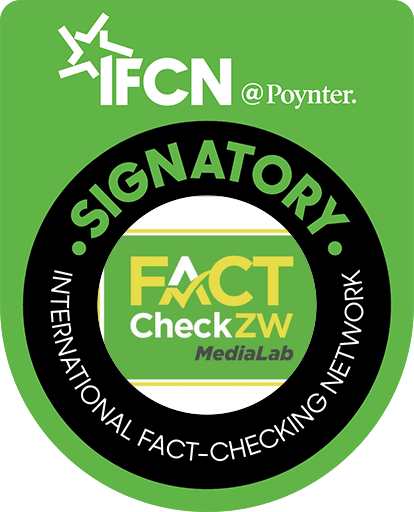A post on X, wanted to know if people who receive blood transfusions have their dna changed by the donor’s blood, ‘Garazviya munhu akapiwa ropa reumwe munhu DNA aichinji here.? Just asking hangu (By the way, if someone gets a blood transfusion, doesn’t that change their DNA. Just asking)’.
Quick answer is, no, it doesn’t.
Blood transfusions are very common procedures that have saved many people’s lives. They are typically used to replace blood lost due to injury, surgery or certain medical conditions. They can sometimes be used to treat anemia caused by leukemia or kidney diseases and/or other blood disorders as well.
The first recorded successful blood transfusion occurred in England. In 1665 a physician named Richard Lower kept a dog alive by transfusing blood from other dogs.
The process is quite simple and straightforward. The blood is placed into a bag, then connected to an IV line in the patient’s arm or hand, slowly infusing it into the bloodstream.
While whole blood can be transfused, modern practice often involves using specific blood components, such as red blood cells, platelets, or plasma, depending on the patient’s needs.
This leads us to the question: do blood transfusions change a recipient’s DNA? DNA is mainly found in the white blood cells (leukocytes). Donor blood is usually screened of these DNA containing cells leaving behind mostly red blood cells. Mature red blood cells (erythrocytes) do not contain DNA. This is because they are anucleate, meaning they lack a nucleus, where DNA is typically stored. Red blood cells are specialized cells that transport oxygen. To maximize their efficiency, they eject their nucleus during development, creating more space for hemoglobin, the protein responsible for oxygen transport.
However, even after the transfused blood is screened of white blood cells some still remain, up to millions of leukocytes per unit. Even though the recipient’s DNA does not change, donor DNA can be detected after transfusion with a process called polymerase chain reaction (PCR) that amplifies minuscule amounts of genetic material for detection and identification of specific genes. Studies using PCR to amplify male genes in female recipients of transfusions from male donors have demonstrated that donor DNA endures in recipients for up to seven days. And a study of female trauma patients receiving large transfusions showed the presence of donor leukocytes for up to a year and a half.
This evidence was found using very sensitive techniques whereby donor DNA was selectively amplified over the more plentiful recipient DNA. In studies where genes common to both donors and recipients were amplified, the results reflected the dominance of the transfusion recipient’s own DNA, showing the donor’s DNA to be a relatively inconsequential interloper.
Conclusion
The claim: Blood transfusions change the recipient’s DNA is false. Even though transfusion is known to alter (for a certain period of time) the recipient’s blood group, protein allotype, and alloenzyme phenotype by the introduction of donor material and the dilution of his or her own cells and protein, this still does not change the recipient’s own DNA. Through very specialised tests a less than significant amount of the donor’s genetic material can be detected in the recipient’s blood, usually only up to eighteen months.











